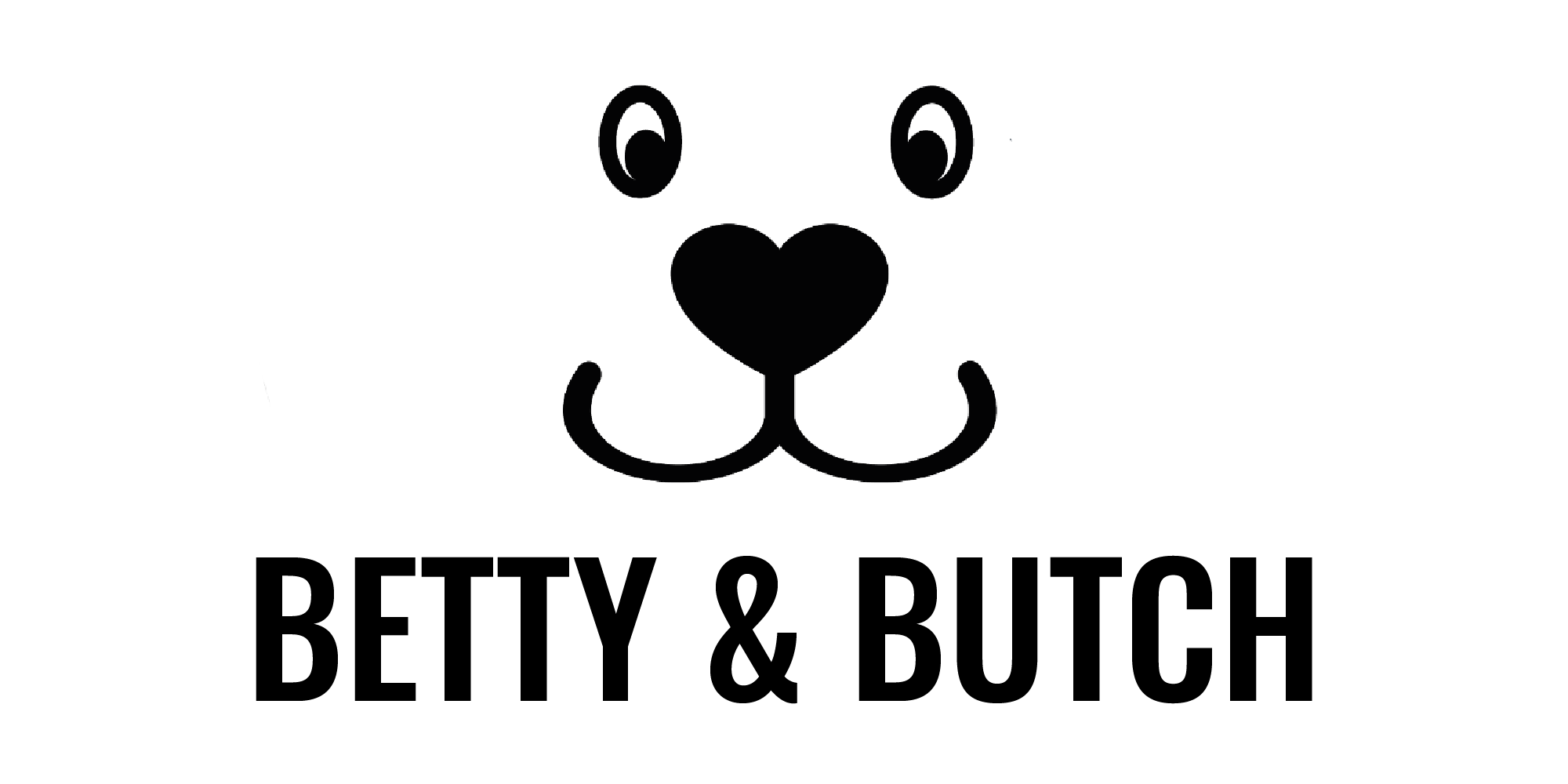Wuff Post 📰 - Dog News and Training Tips
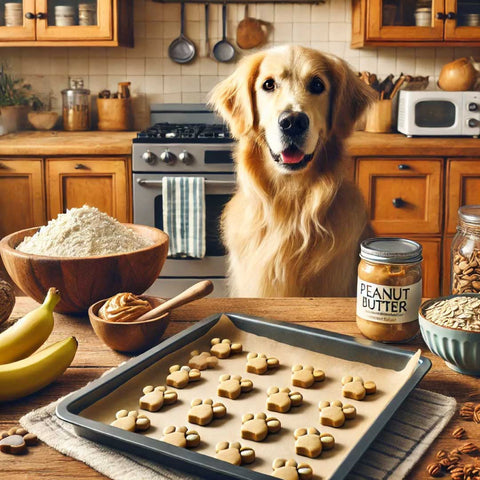
If your dog had a love language, we’re willing to bet it would be treats. And what better way to show your furry friend some love than by baking something just for them?
Today we’re sharing a special one-time recipe to celebrate treat time in a whole new way. It’s easy, fun, and packed with wholesome ingredients your dog will adore—because sometimes, the treat is the moment. 🐾💫
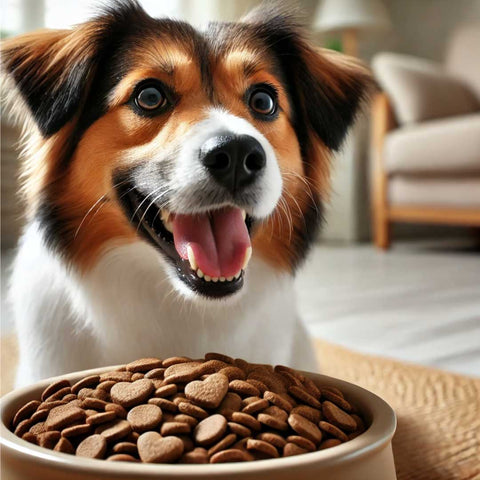
Is Peptide Good for Dogs?
As more pet parents seek advanced nutrition solutions, peptides have emerged as a promising ingredient in canine diets. But what exactly are peptides, and are they beneficial for dogs? Let’s explore their role in pet nutrition and why they may be a superior option for sensitive and high-performance dogs alike.
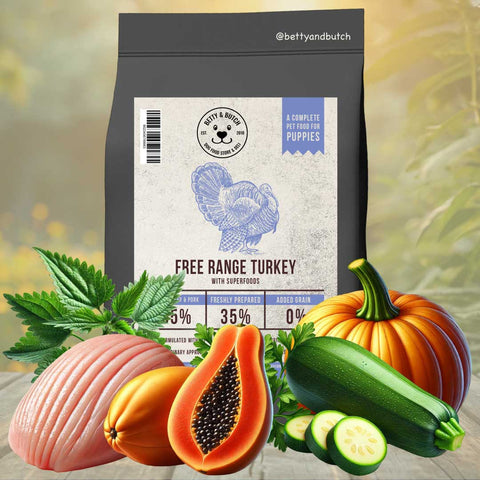
As pet parents, we all want the best for our dogs—whether it’s long walks, belly rubs, or the best nutrition possible. But have you ever considered how superfoods could transform your dog’s health? Just like in human diets, superfoods provide powerful nutrients, antioxidants, and essential vitamins to help support digestion, immunity, joints, and overall well-being. Let’s explore why superfoods are more than just a trend and how they can benefit your four-legged friend.
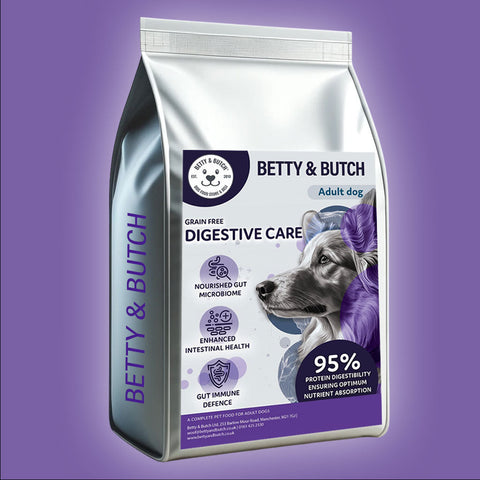
Understanding Peptides in Dog Nutrition
Peptides are short chains of amino acids that play a crucial role in bodily functions, including muscle development, immune support, and skin health. Unlike traditional protein sources, peptides are already partially broken down, making them easier to digest and absorb. This makes peptide-based dog food an excellent choice for canines with sensitive stomachs, food allergies, or specific dietary needs.

Why Hydrolysed Proteins are Revolutionising Dog Nutrition
Pet parents are becoming more conscious of what goes into their dog’s bowl, seeking out scientifically backed formulas that support long-term health. One of the most innovative breakthroughs in canine nutrition is hydrolysed proteins – a game-changer for dogs with digestive issues, food sensitivities, and skin conditions.
Peptide+ by Betty & Butch harnesses the power of hydrolysed proteins, offering an advanced solution for optimal digestion, skin health, and weight management. But why are hydrolysed proteins so important for canine health? Let’s break it down.

Unlocking the Power of Peptides: A New Era in Canine Nutrition
As guardians of our beloved four-legged companions, we constantly seek the best nutrition to support their health and well-being. With more pet parents prioritising tailored diets to address specific health concerns, the rise of therapeutic dog food has taken centre stage. Enter Peptide+, an innovative solution harnessing the power of peptides to deliver optimal digestive health, weight control, joint care, and skin & coat nourishment.
